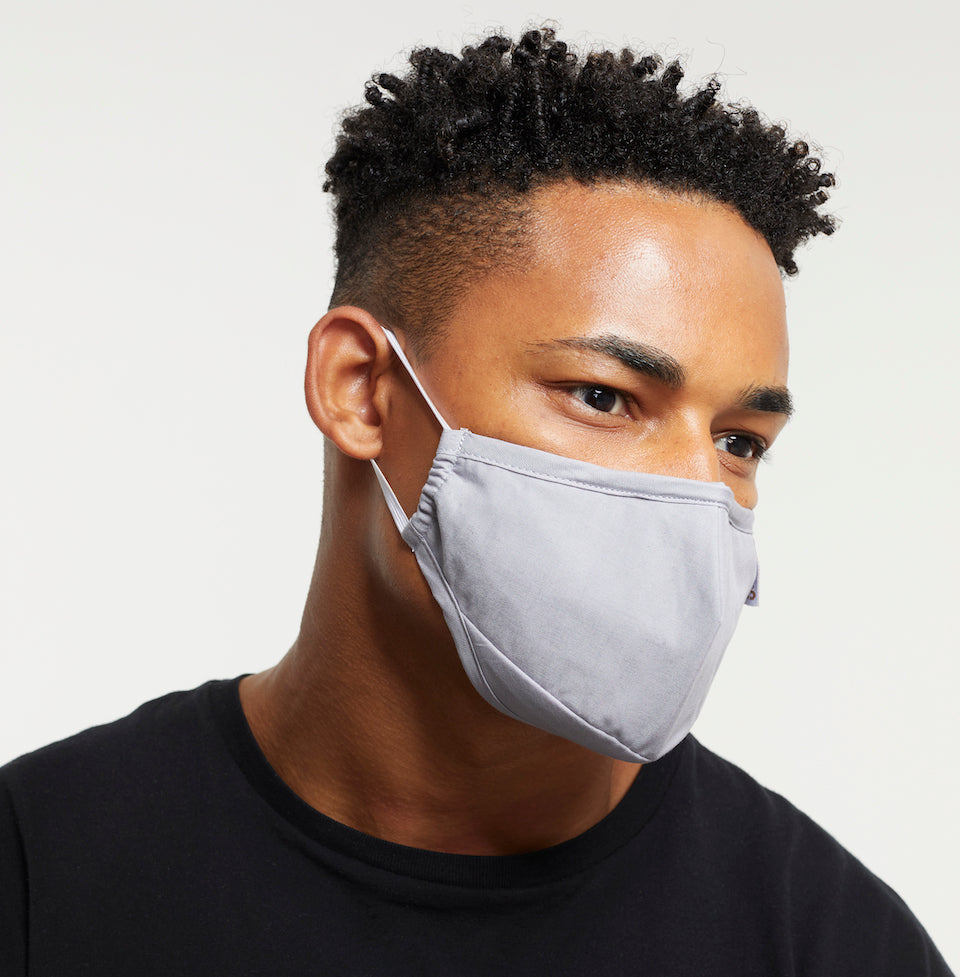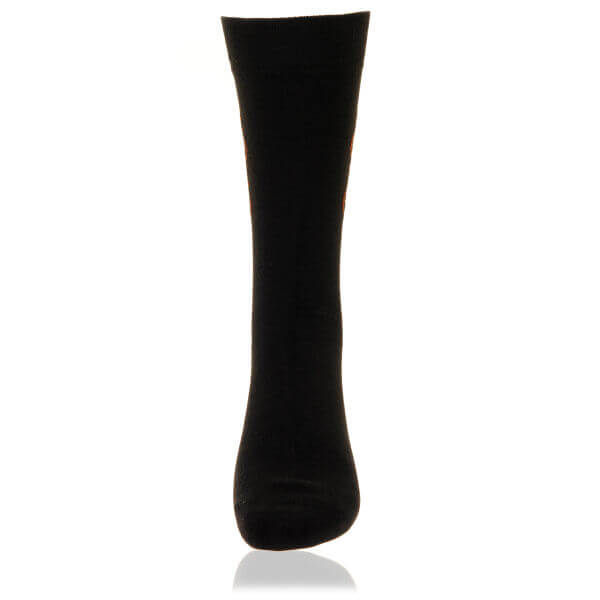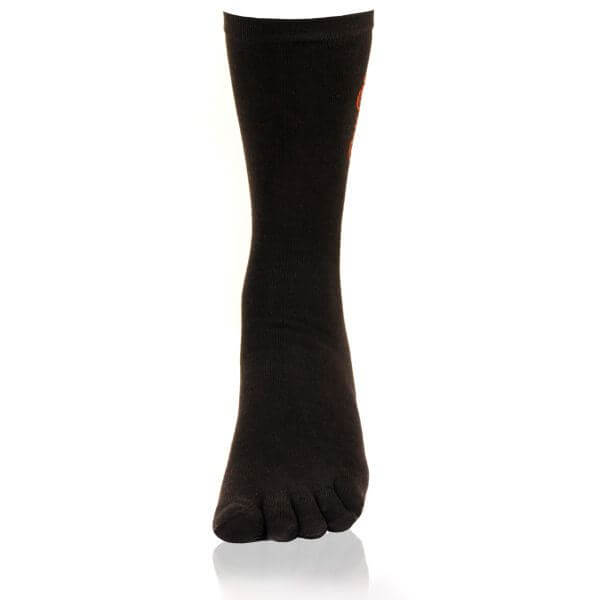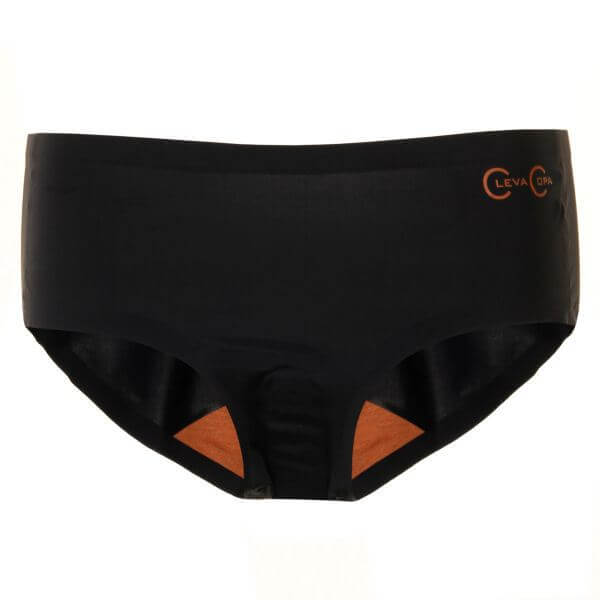Does Compression Help With Swelling?
Published
October 24 2024
Compression therapy is growing in popularity, not just among athletes but also in the medical field. According to a study by the Journal of Vascular Surgery, compression therapy has shown significant improvement in treating conditions like venous insufficiency, helping reduce leg swelling and discomfort by up to 70%. In athletes, research published in the British Journal of Sports Medicine indicates that compression garments reduce muscle soreness post-exercise and enhance recovery times. With both science and performance backing its benefits, let’s dive deeper into why compression helps swelling and how it aids in overall health.
Swelling and Its Causes
Swelling or inflammation is a part of the body’s natural healing and recovery process. At some point or another, we all experience swelling. Whether it comes on after extended travel, an injury, a heavy day at the gym or a chronic condition like arthritis, swelling is essentially our body’s response to strain. Medically known as Oedema, swelling results from increased fluid pooling and white blood cells rushing to the site of strain or perceived threat. Its job is to restrict movement, reducing the chances of further injuries, while the body’s internal defence system works to repair the damage.
As the body does its part to help us recover, we can also do something to speed up the process. Compression therapy is one such protocol. You might wonder—does compression help swelling? For that, we need to understand what compression is and how it works.
What is Compression?
Compression therapy is a protocol that applies pressure to a swollen area, ‘pressing’ or ‘squeezing’ the part furthest away from the heart. This helps reduce fluid pooling, enhances blood circulation, and provides additional support to strained muscles, aiding mobility. Even though it might seem counterintuitive to interfere with the body’s natural healing mechanism, compression is good for swelling because it helps ease discomfort by speeding up recovery, increasing nutrient-rich blood flow, and returning deoxygenated blood back to the heart.
This is why so many athletes wear compression garments like gloves, socks, stockings, fitted clothing, splints, and braces. Compression promotes quicker muscle healing and reduces soreness. Healthcare professionals often recommend compression garments for individuals with lymphedema, arthritis, plantar fasciitis, carpal tunnel syndrome, and other repetitive stress injuries to control pain and swelling.
Compression garments such as socks and gloves provide what is called Graduated Compression. They deliver higher pressure in the section of the garment farthest from the heart and reduce it as you move closer to the heart. For example, compression socks help with swelling by offering the highest compression at the ankle, gradually reducing towards the calves. This design helps fight gravity, allowing deoxygenated blood to flow back to the heart, making it highly effective for addressing swelling, varicose veins, or plantar fasciitis.
Compression Socks 101
Compression socks are available in three levels of intensity:
- Low (under 20 mmHg): Ideal for daily use, travel, and long periods of standing or sitting.
- Medium (20-30 mmHg): Recommended for sports recovery, mild varicose veins, or minor swelling.
- High (over 30 mmHg): Generally used for medical conditions such as severe swelling, injuries, or post-surgical recovery.
While it is generally safe to use low or medium-intensity compression for personal needs, consulting a healthcare professional is advisable for medical purposes to determine the appropriate level of compression.
Does Compression Socks Help with Swelling?
The answer is yes—compression socks promote blood circulation and reduce fluid buildup, which alleviates swelling.
How Does Compression Help with Swelling?
Compression garments help manage swelling in several ways:
- Enhanced Blood Flow: Compression promotes blood circulation, pushing deoxygenated blood back to the heart for faster recovery.
- Reduced Fluid Build-Up: The applied pressure helps prevent fluid from pooling in the swollen area, reducing overall discomfort.
- Decreased Discomfort: By controlling swelling, compression also alleviates pain and improves mobility.
How to Use Your Compression Socks
For optimal results, wear compression socks throughout the day. Put them on as soon as you wake up and remove them before bed. Compression socks prevent swelling, improve blood circulation, and reduce discomfort. Be sure to follow the care instructions and replace your socks as recommended to ensure their effectiveness and proper pressure delivery.
Consider Copper Clothing Compression Socks.
Shop NowWho Should Consider Air Compression Therapy?
Compression therapy is particularly beneficial for:
- Long-distance travellers who experience swelling from extended sitting.
- Athletes and fitness instructors who need faster muscle recovery.
- Coaches who require prolonged mobility support.
- Healthcare professionals and servers who stand for long periods.
- Individuals with conditions like lymphedema, arthritis, varicose veins, or plantar fasciitis.
FAQs
-
How long does compression take to reduce swelling?
Relief can be immediate, though consistent, regular use is required for long-term results.
-
When should you not wear compression?
Compression garments are generally safe for most, but individuals with Peripheral Arterial Disease (PAD) or other circulatory conditions should consult a healthcare professional before use.
-
Should you sleep with compression on swelling?
Elevating your legs while sleeping can help reduce swelling. Compression bandages or pneumatic compression devices may also be beneficial overnight. However, consult your doctor for advice if planning to wear compression garments during sleep.































